Art School Trip To Madrid
Madrid brings together some of the world’s finest artistic collections to inspire art lovers to explore the city’s many galleries and museums.
Highlights
Picasso's Guernica at Museo Reina Sofia
Arabic artifacts at Museo Nacional de Artes Decorativas
Goya at the Museo del Prado
Fine examples of art at Museo Thyssen-Bornemisza
Testbourne Community SchoolReally pleased with the level of professionalism I have received from Travelbound and the speed of response if I have had an issue.
Suggested itinerary
What's included*
*Please note, entrance fees where applicable are not included in typical price – contact us for more details
Recommended excursions
The main Spanish national art museum has one of the world’s finest collections of European art, from the 12th century to the early 19th century, based on the former Spanish Royal Collection. As well as works by Hieronymous Bosch, Rembrandt and Boticelli, students can view the best single collection of Spanish art, including many works by Francisco de Goya.
Dedicated to 20th century Spanish art, the biggest draw of this museum is Picasso’s Guernica, shown with preparatory sketches and photographs of the artist at work. This exhibit gives students an appreciation of how artists create their work and respond to the world around them. Dalí, Miró, and others are also represented in film, sculpture and photographs.
Completing the ‘Golden Triangle’ of art museums in Madrid – along with the Prado and Reina Sofía museums – this one focuses on the works the others neglect. From early Italian paintings to contemporary European and American works, students can explore and draw inspiration from these fine examples of art that will aid their studies enormously.
The Royal Palace awes visitors with its sheer size and monumental presence. It was commissioned in the early 18th century by Felipe V, who was inspired by his childhood at Versailles with his grandfather Louis XIV. Inside, 2,800 rooms compete with each other for over-the-top opulence. The guided tour winds a mile-long path through its highlights.
This large city square, surrounded by a huge building, was built in 1619 at the behest of Philip II as part of his plan to make Madrid the capital of Spain. It has been the site of executions, tournaments, weddings, bullfights and Inquisition trials. Nowadays it is home to cafés, bars, restaurants and shops selling antiques, coins, and military memorabilia.
Pupils can enjoy the colourful spectacle of this traditional Andalucian art form on stage. The passion, strength and confidence of Flamenco performers make for an unforgettable show. See how they artfully convey their full range of emotions – from humour, happiness and love to envy, anger and bitterness – within a strict framework of rhythmic patterns.
Housed in what was Joaquín Sorolla’s home and studio, this museum features many paintings by the artist and provides an insight into his evolution as a painter. Students can see the artist’s different stylistic and thematic periods, such as his paintings on social criticism, family portraits, works depicting typical local customs, and self-portraits.
Doubling as a museum and gallery, this houses a fine art collection of paintings from the 15th to 20th century, with works by Giovanni Bellini, Correggio, Rubens, Zurbarán, Murillo, Goya, and Pablo Serrano. The academy is also the headquarters of the Madrid Academy of Art, so is a must for students who want to understand the history of fine art in Spain.
Housed in a 19th century palace overlooking the Parque del Retiro, this museum contains a rich collection mainly consisting of furniture, ceramics, glass, textiles and decorative pieces from Spain dating back to Phoenician times. Students obtain an understanding on how Spanish art has evolved and adjusted over time. Many Arabic world items are on show.
Enjoy an off-road scavenger hunt on bikes in Madrid’s famous Retiro Park. Discover the history and become an expert on the park through a series of fun activities and challenges. Puzzle-solving, socializing, and team spirit are key to this activity. Bikes, guide, helmets and a bottle of water are included for each participant.
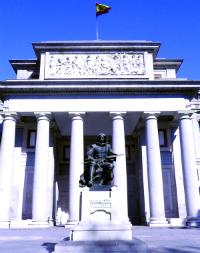
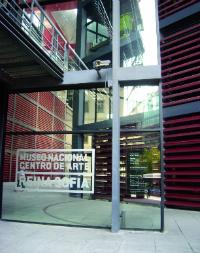
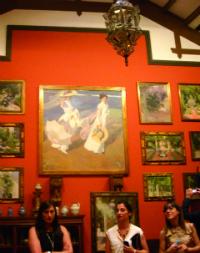
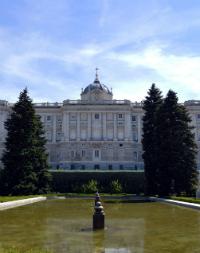
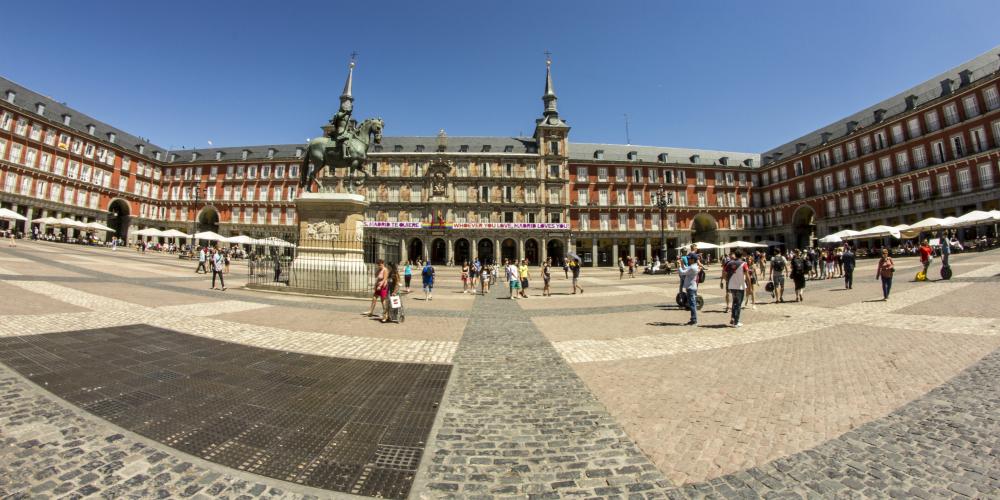
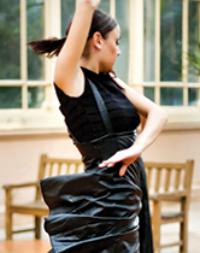
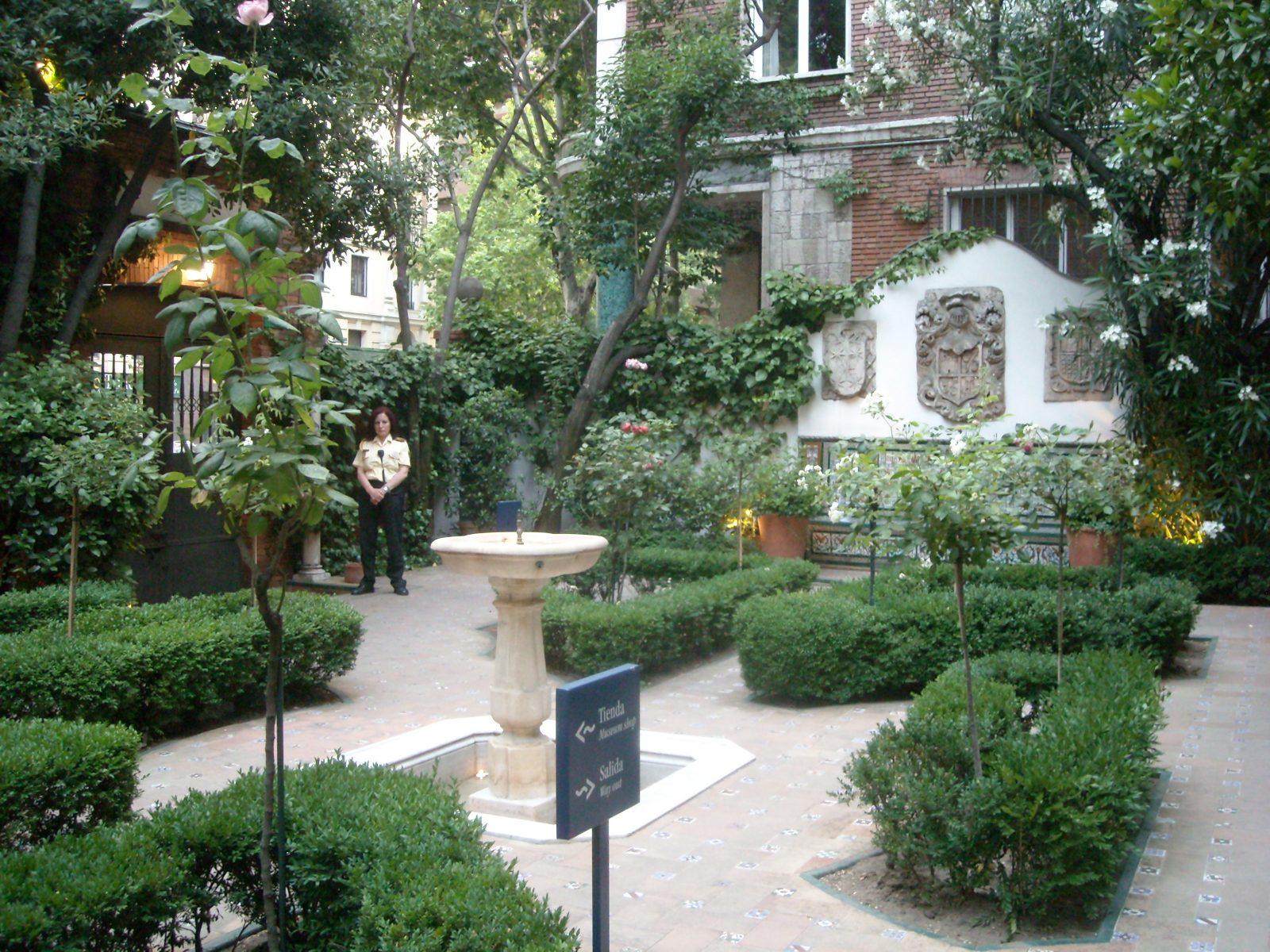
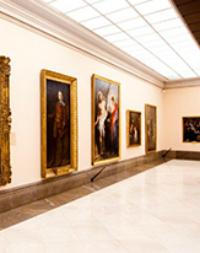
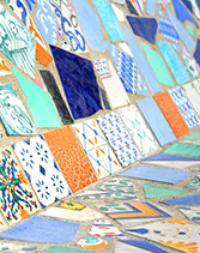
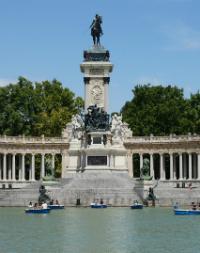
Typical accommodation
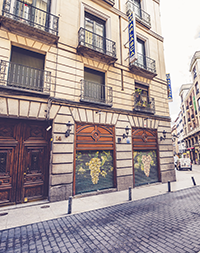
Why groups like it:
Facilities
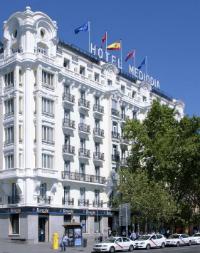
Why groups like it:
Facilities
Learning outcomes
Subject focus
Students can:
- See a wide range of art in the city’s diverse museums
- Learn about the influences that inspired so much important art
- Provide inspiration for students’ own work, based on their observations
- Broaden the mind through the study of another culture
- Discover, explore and have fun with fellow students and teachers
Student outcomes
Students will have had an opportunity to:
- See a wide range of influential works first-hand
- Gain awareness of historical and contemporary achievements
- Understand the inspirations and techniques behind the works’ creation
- Encounter a range of influences which they can draw upon in their own work
- Understand more about Spanish history, art and architecture



